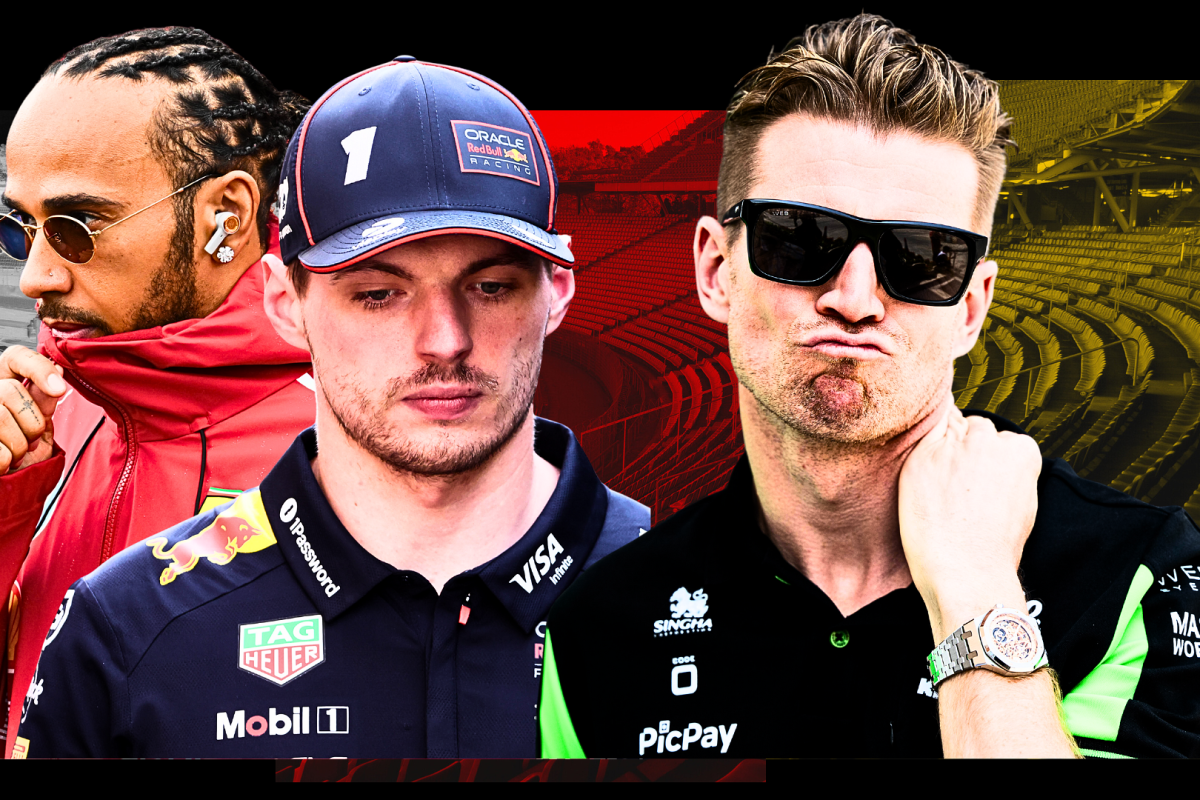F1 stars aboard their yachts in Sardinia. A disproportionate amount of drivers sporting Daniel Ricciardo resortwear! You’d be forgiven for thinking we’ve already had the summer break the past couple of weeks.
In fact, F1’s summer holiday is yet to come, with the official ‘shutdown’ taking place between the Hungarian Grand Prix and Zandvoort (specifically August 4 until August 29).
However, the period between Silverstone and Spa has felt like a mini break, with fans left pining for racing action over the past two weeks.
Admittedly, it does feel odd to have this gulf of time between races during the European season, especially in the place of former staple race on the F1 calendar.
F1 last raced in Germany in 2019, and since then there has been a huge-Hockenheim shaped hole in the schedule.
German Grand Prix return should be F1’s priority
As major global destinations such as Bangkok and South Africa all compete for a place on the F1 grid, the likelihood of Hockenheim returning is fairly slim, although talks remain over a potential comeback.
The Hockenheimring is a 4.574km long circuit which has provided many thrilling F1 races over the years, with its mix of high-speed straights and tight and technical corners.
Since the likes of Michael Schumacher and Sebastian Vettel have departed the sport, the German GP’s value has declined with Nico Hulkenberg the only local representative on the grid.
Following Hulkenberg’s Silverstone heroics, it would have been brilliant to see him jump straight into a race in front of a supportive Hockenheim crowd – and, oh what a race that could have been!
 Hockenheim has provided wet weather thrillers over the years
Hockenheim has provided wet weather thrillers over the years
Hockenheim claims a thrilling place in F1 history, and is best remembered by younger audiences as the place where Sebastian Vettel lost the world title to Lewis Hamilton in 2018.
The German driver was unable to control his Ferrari in the wet weather, when a mistake at the Sachs curve saw him head straight into the gravel and he retired from the grand prix in front of his home crowd.
In 2019, Max Verstappen stormed to a sensational victory in the rain during a chaotic afternoon at Hockenheim, proving early his credentials in torrential conditions.
Tumbling further back in time, Juan Pablo Montoya and Kimi Raikkonen validated the track’s revisions in 2002 with a stunning wheel-to-wheel battle at Hockenheim; while Damon Hill was deprived of his first F1 win in 1993 following a tyre blow out with two laps remaining.
Finally, Hamilton stormed from the back of the grid at the 2014 German GP to produce a stunning double-overtake on Daniel Ricciardo and Raikkonen for a podium position – although bodywork from Raikkonen’s Ferrari was sacrificed in the process.
Reflecting on races from Hockenheim’s past has only enhanced my sentimental memories, and clarified that it deserves a spot on the F1 calendar.
The European season feels empty without a German GP, and even F1’s over-burdened teams could maybe forgive a 25th race on the calendar if it took place at Hockenheim – it definitely beats another street circuit!
Of course, F1 should seek to expand across the globe, and it is a positive step for the sport to return to Africa and expand across South East Asia.
However, if I had to choose between two Spanish grands prix and a return to Germany, Hockenheim would win every time. Sandwiching it between Silverstone and Spa/Hungary, is a sure method to cure the F1 summer blues.
F1 HEADLINES: McLaren chief wants FIA meeting as Max Verstappen on brink of Red Bull resurgence
READ MORE: F1 world champions: Full list from Farina to four-time King Verstappen
READ MORE: F1 drivers age: How old are Lewis Hamilton, Verstappen, Norris and co?
READ MORE: Inside Hamilton’s staggering $450M net worth: Ferrari salary, real estate value & more
Related

